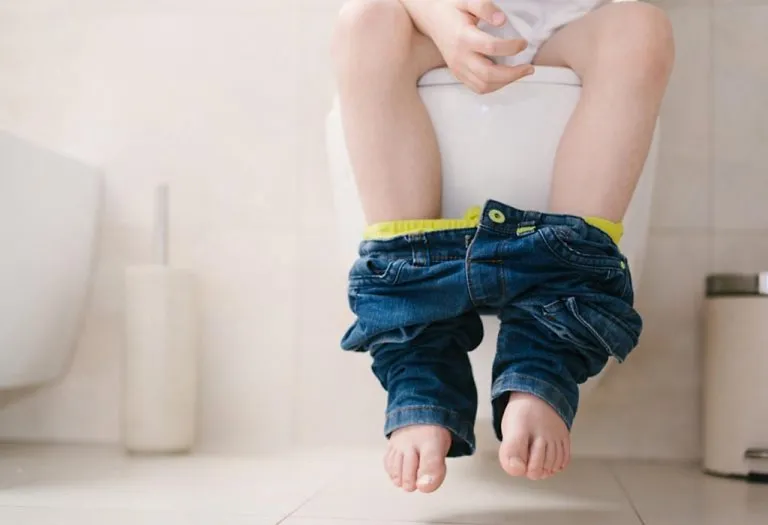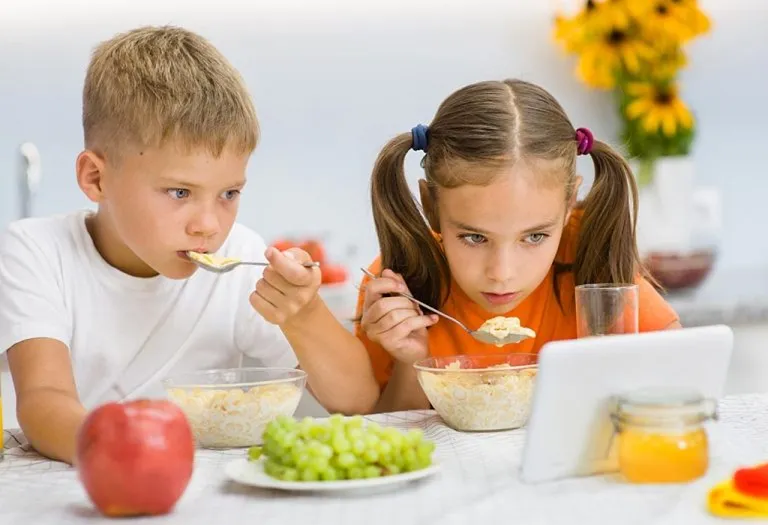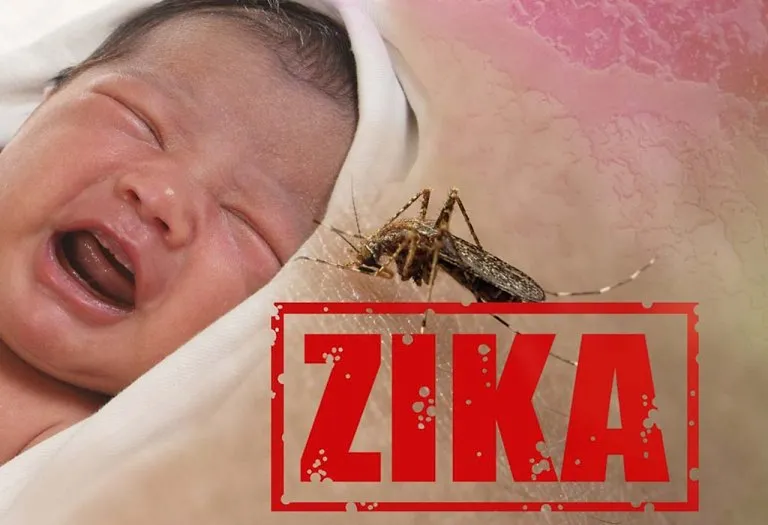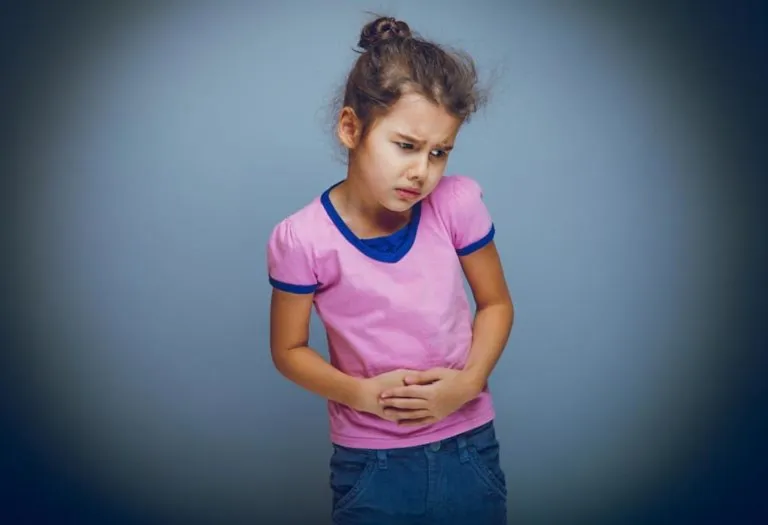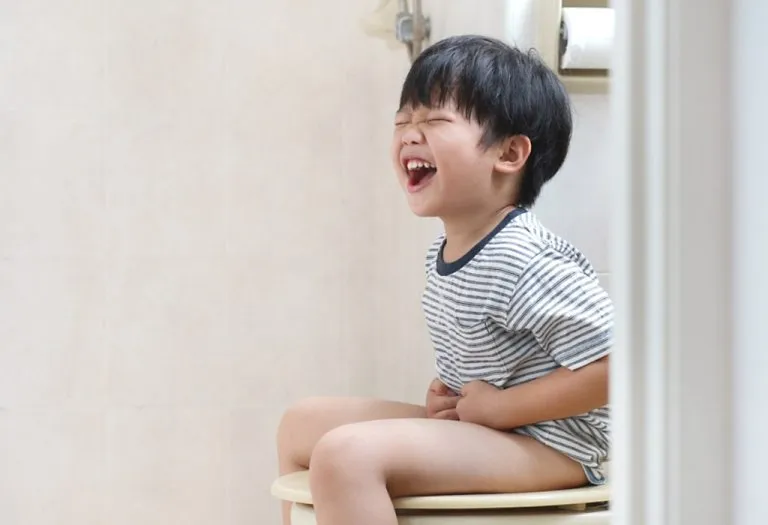Piles (Haemorrhoids) in Children

- What Are Haemorrhoids?
- Different Types of Haemorrhoids
- Causes of Piles in Children
- Symptoms of Haemorrhoids in Children
- How Are Haemorrhoids Diagnosed in Children?
- Complications of Haemorrhoids in Kids
- Remedies for Haemorrhoids in Children
- Can You Prevent Piles?
- FAQs
Piles, medically known as haemorrhoids, refer to swollen and inflamed veins in the rectum and anus that can cause discomfort, pain, and sometimes bleeding. It is a common condition often associated with adults. But can this problem affect children, too? The answer is yes; children can develop haemorrhoids due to various factors such as chronic constipation, prolonged sitting on the toilet, or straining during bowel movements. In this article, we will talk about kids’ haemorrhoids: what causes them, how to know if your child has them, and what you can do to help them feel better.
What Are Haemorrhoids?
Haemorrhoids are also known as piles. It is a condition that occurs when the veins around the anal region and inside the rectum are enlarged (1). Most patients with piles experience much discomfort in the area, which also sometimes hurts and bleeds. It is not only embarrassing for someone but causes an immense amount of physical and mental distress.
Different Types of Haemorrhoids
Knowing that haemorrhoids are not all the same is essential when dealing with them. There are different kinds, each with its traits and effects. Haemorrhoids can be categorised into two main types: internal and external (11).
- Internal Haemorrhoids – Develop inside the rectum, where you can’t see or feel them. They are usually painless but may cause bleeding during bowel movements.
- External Haemorrhoids – Form under the skin around the anus and can be felt as lumps. They may cause pain, itching, or discomfort, especially when sitting or during bowel movements. External haemorrhoids can also bleed if irritated or strained.
Causes of Piles in Children
Some of the common causes of piles in children are mentioned below.
- Sitting on hard surfaces for extended periods can cause piles in children.
- If a child regularly sits on the toilet seat for extended periods or more than 10 minutes, he is at a higher risk of getting piles (4). Sitting on the pot for a long can lead to blood collection and stagnation in the pelvic area.
- If a child spends a lot of time attempting to poop and tries hard, this can put pressure on his anal area, which might aggravate piles.
- If a child does not eat healthy foods, lacks fibrous fruits, and is not hydrated, he may experience constipation, which can increase his chances of getting piles (3).
- If a child’s parents have a history of piles, the child may get them due to hereditary reasons. Such congenital piles are sometimes observed right in the first week of birth (2).
- The formation of a colon tumour can result in blood stagnation, which can lead to haemorrhoids in children.
- An infected large intestine can further aggravate the rectal area, leading to the formation of piles.
- If a child rarely engages in play and spends most of his time sitting around, this can increase the chances of piles.
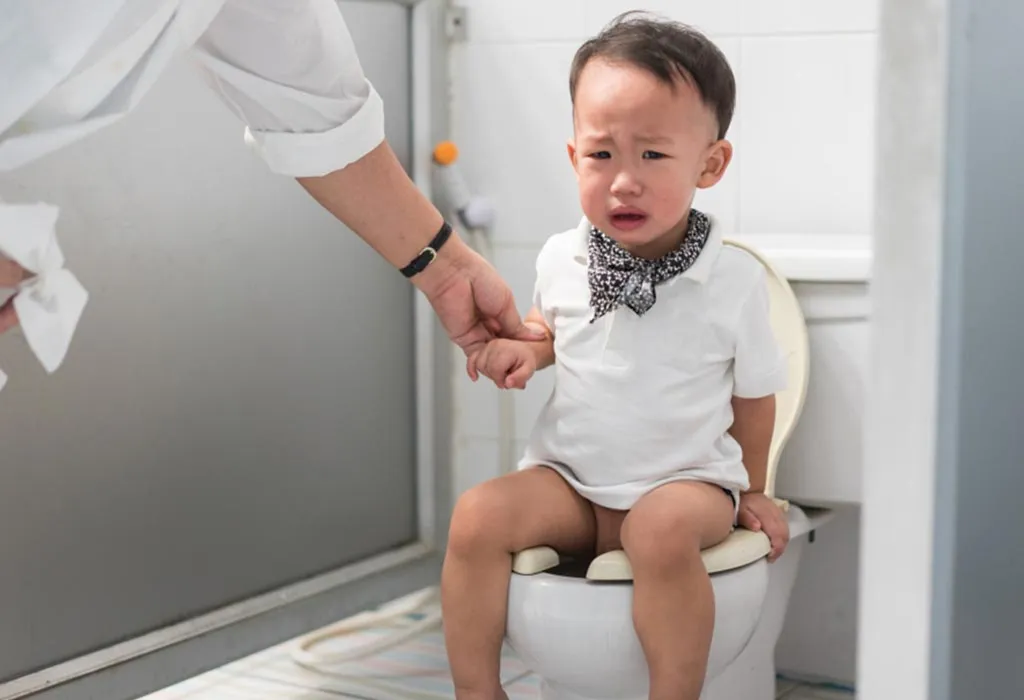
Symptoms of Haemorrhoids in Children
If your child has haemorrhoids, he may experience the following. These are some common symptoms of haemorrhoids (6):
- Rectal bleeding, itching in the anal area, and a sense of discomfort (7).
- Blood in the bowels is also a sign of piles (14). This is the result of blood vessels in the anal area being ruptured. Such bleeding of the rectum could also be indicative of different problems and should be checked immediately by a paediatrician.
- The presence of piles results in the secretion of a mucus-like substance that keeps the anus and the surrounding area uncomfortably moist. As a result, there is always itching or irritation in the anal area.
- Going to the bathroom and sitting for long periods is a painful activity. At times, children may avoid going to the toilet altogether to prevent pain.
- External piles make their presence by protruding out from the anus. This is a giveaway sign of a haemorrhoid and needs treatment (10).
How Are Haemorrhoids Diagnosed in Children?
Doctors usually look for the signs of piles by observing the external area of the anus or by conducting an internal anal exam. Since internal piles are soft and cannot be instantly judged as haemorrhoids, a doctor may use a proctoscope or any other instrument that allows him to take a look inside the anus. If the condition is severe, a doctor may thoroughly examine the entire colon tract through a colonoscopy (5).
Complications of Haemorrhoids in Kids
While often viewed as a minor issue, untreated haemorrhoids can lead to more severe problems. Here are some things you need to watch out for:
- Thrombosed Haemorrhoids: This occurs when blood clots form within external veins, leading to the development of painful lumps near the anal area.
- Anaemia: Chronic bleeding from haemorrhoids can potentially lead to anaemia, a condition characterised by a deficiency of red blood cells, causing fatigue, weakness, and other symptoms.
- Infection: Haemorrhoids can become infected if proper hygiene practices are not observed or if there is excessive scratching or irritation of the affected area.
- Strangulated Haemorrhoids: In rare cases, haemorrhoids can become trapped and lose their blood supply, leading to a condition known as strangulated haemorrhoids.
Remedies for Haemorrhoids in Children
Home remedies can be effective in the treatment of children’s haemorrhoids. One or more of the remedies mentioned below can be tried.
- Warm baths twice or thrice a day can provide relief and soothe the anal area. However, kids should avoid using a soap bar while bathing and wipe the area clean after bathing (9).
- If the anal area is inflamed and there is an itching sensation, an ice pack or cold compress should be used to get quick relief (8).
- Cleaning the anal area with water can provide relief. If your child uses toilet paper, ask him to use wet wipes instead, as dry toilet paper can irritate his anus.
- If it gets too painful for your child, give him some painkillers such as acetaminophen. This can reduce pain as well as soreness in that area.
- You can also use haemorrhoid creams available in the market for your child. However, speaking with your doctor before using any over-the-counter medicines or creams for your child is best.
- If your child has constipation or if he spends a lot of time in the toilet attempting to poop, it’s best to tackle the main problem first, i.e., constipation. Make a change in his diet by including fruits, vegetables, and grain-based dishes (15). Avoid giving him sugary foods and food made with refined flour, as these foods are difficult to digest. Include fibrous foods in his diet.
- Make sure that your child stays hydrated. Make him drink enough water throughout the day. Drinking water will keep him hydrated, and his digestive system will remain healthy and function properly. He should drink at least 8-10 glasses of water daily.
- Get your child moving. Let him play some sport, go jogging with you, or walk daily. Physical activity is necessary, so ensure he leads an active lifestyle.
- If your child holds in poop, this might become a habit. Make sure your child goes to the bathroom the minute he feels the need to poop. Holding in just because he is watching his favourite cartoon or feels like going later will only increase pressure in the anal area and further irritate the haemorrhoids (18).
Can You Prevent Piles?
If you want to prevent piles in children, here is what you can ask them to do.
- Ask him to exercise daily (16).
- Make him eat high-fibre foods (12).
- Make him stay hydrated. Ask him to drink a lot of water and always keep himself hydrated (17).
- Ask him to sit on the toilet pot the Indian way, i.e., by squatting to ease the process of pooping.
- Ask your child not to ignore the urge to defecate (13).
- Maintain a healthy weight.
FAQs
1. Are there any risk factors that increase the likelihood of haemorrhoids in children?
Yes, certain factors such as chronic constipation, prolonged sitting on the toilet, excessive straining during bowel movements, and a family history of haemorrhoids can increase the risk of haemorrhoids in children.
2. When should parents seek medical attention for their child’s haemorrhoids?
Parents should seek medical attention if their child experiences persistent or severe symptoms such as bleeding, excessive pain, protruding lumps, or signs of infection. Additionally, if home remedies do not provide relief or if there are concerns about the child’s well-being, a doctor should be consulted.
3. Are haemorrhoids in children a cause for concern, and do they require treatment?
Haemorrhoids in children are typically not a cause for concern and often resolve with conservative measures such as dietary changes and home remedies. However, if symptoms persist or worsen or complications arise, medical evaluation and treatment may be necessary to ensure the child’s well-being.
Adults are more prone to developing this condition, but children may sometimes develop piles. Fortunately, piles can be prevented by following a healthy diet and ensuring that children get enough exercise. If your child exhibits the symptoms of piles, it is suggested that you take him to a doctor to rule out any further complications.
References/Resources:
1. Healthwise Staff; Hemorrhoids; University of Michigan C.S. Mott Children’s Hospital; https://www.mottchildren.org/health-library/hw213495; June 2022
2. Hemorrhoids; Johns Hopkins Medicine; https://www.hopkinsmedicine.org/health/conditions-and-diseases/hemorrhoids
3. Hemorrhoids; Children’s Wisconsin; https://childrenswi.org/-/media/chwlibrary/publication-media-library/2020/03/30/19/55/1761en.pdf
4. Hemorrhoids; MedlinePlus; https://medlineplus.gov/hemorrhoids.html
5. Hemorrhoids; Children’s Health Orange County; https://www.choc.org/programs-services/gastroenterology/hemorrhoids/
6. Heaton. N. D, Howard. M; Symptomatic hemorrhoids and anorectal varices in children with portal hypertension; J Pediatr Surg; PubMed; https://pubmed.ncbi.nlm.nih.gov/1640328/; July 1992
7. Hemorrhoids in Babies; Cleveland Clinic; https://my.clevelandclinic.org/health/symptoms/22626-hemorrhoids-in-babies
8. Hemorrhoids; The University of California, San Francisco; UCSF Health; https://www.ucsfhealth.org/education/hemorrhoids
9. Piles (haemorrhoids); NHS; https://www.nhs.uk/conditions/piles-haemorrhoids/
10. Rath. P, Kaur. H; A case of haemorrhoids in a 12‑year‑old boy; Indian Journal of Research in Homoeopathy; ResearchGate; https://www.researchgate.net/publication/276019338_A_case_of_haemorrhoids_in_a_12-year-old_boy; January 2014
11. Ackerman. T; When to See a Doctor for Hemorrhoids; Houston Methodist; https://www.houstonmethodist.org/blog/articles/2022/apr/when-to-see-a-doctor-for-hemorrhoids/; April 2022
12. Hemorrhoids; Penn Medicine; https://www.pennmedicine.org/for-patients-and-visitors/patient-information/conditions-treated-a-to-z/hemorrhoids
13. Pendick. D; 6 self-help tips for hemorrhoid flare-ups; Harvard Health Publishing; https://www.health.harvard.edu/blog/6-self-help-tips-for-hemorrhoid-flare-ups-201307196496; September 2023
14. Bhuta. R; Everything You Need to Know About Hemorrhoids; Temple Health; https://www.templehealth.org/about/blog/everything-you-need-to-know-about-hemorrhoids; May 2022
15. Pruitt. D; How to prevent hemorrhoids; OSF HealthCare; https://www.osfhealthcare.org/blog/how-to-prevent-hemorrhoids/
16. Pruitt. D; How to treat hemorrhoids; OSF HealthCare; https://www.osfhealthcare.org/blog/how-to-treat-hemorrhoids/
17. Eating, Diet, & Nutrition for Hemorrhoids; NIDDK; https://www.niddk.nih.gov/health-information/digestive-diseases/hemorrhoids/eating-diet-nutrition
18. Hemorrhoids and what to do about them; Harvard Health Publishing; https://www.health.harvard.edu/diseases-and-conditions/hemorrhoids_and_what_to_do_about_them; November 2021
Also Read:
Pica in Kids
Hematuria in Kids
Proteinuria in Children
Mesenteric Adenitis in Children
Was This Article Helpful?
Parenting is a huge responsibility, for you as a caregiver, but also for us as a parenting content platform. We understand that and take our responsibility of creating credible content seriously. FirstCry Parenting articles are written and published only after extensive research using factually sound references to deliver quality content that is accurate, validated by experts, and completely reliable. To understand how we go about creating content that is credible, read our editorial policy here.







